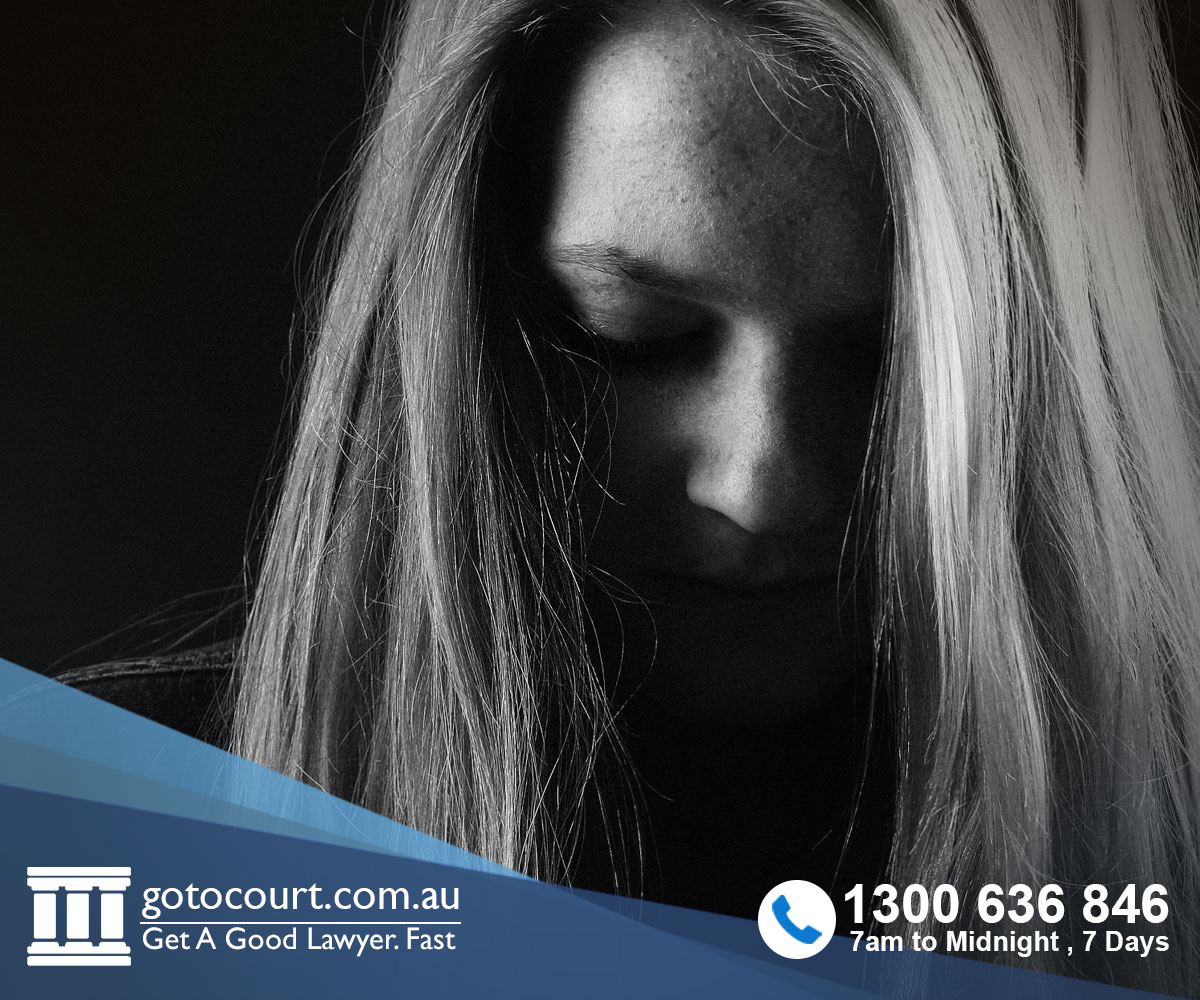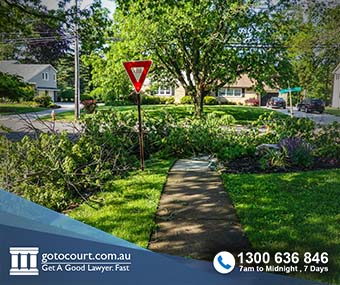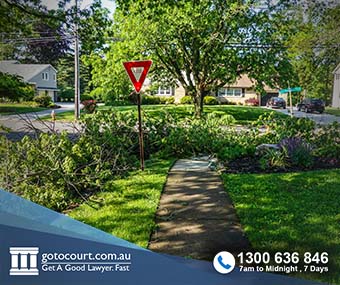Defamation in the ACT
The laws of defamation in the ACT aim to find a balance between freedom of expression and the protection of the reputation of individuals. This article outlines the law on defamation in the ACT.
What is defamation in the ACT?
Defamation occurs where a false statement is made or published about a person to a third party and this damages the person’s reputation.
In 2006, the ACT, along with the other states and territories of Australia, implemented Uniform Defamation Laws to their Civil Law (Wrongs) Act 2002 to create consistency throughout Australia when dealing with defamation claims.
Libel vs slander
Prior to the revision of the Act, ‘libel’ and ‘slander’ were two distinct forms of defamation.
‘Slander’ was a spoken statement which was false and which damaged a person’s reputation. In contrast, ‘libel’ was a false statement which damaged the person’s reputation, and which was published in print.
The new laws of defamation in the ACT abolished the distinction between these two forms of defamation, meaning it is no longer necessary to make separate claims when the false statement was spoken and in print.
The law of defamation in the ACT
In the ACT, defamation falls under the common law of torts, a civil action regulated by the Civil Law (Wrongs) Act 2002.
For a claim of defamation in the ACT to succeed:
- The statement in question must have been published or communicated to a third party – publication or communication of the false statement can be spoken, written, or in some cases, drawn.
- The statement must have identified the person bringing the claim – the statement must be about the individual making the claim. Corporations cannot bring an action for defamation unless they are either a not-for-profit company or employ fewer than 10 people.
- The statement was defamatory, causing injury or loss to the person’s reputation – the test the courts use to decide whether the statement is defamatory is whether it harms or lessens the person’s reputation, ridicules the person, or causes other people to shun or avoid them.
- The publication caused, or was likely to cause, serious harm to the person’s reputation – the ‘serious harm’ test was introduced in the ACT in 2022 and in contained in section 122A of the Civil Wrongs Act 2002.
- There is no defence available for making the statement – a claim of defamation in the ACT will not succeed if the publisher can raise a successful defence.
Defences
There are a number of defences available against claims of defamation including:
- justification – the statement is substantially true
- contextual truth – the statement contains false elements but they do not further harm the person’s reputation.
- absolute privilege – published during parliamentary proceedings or proceedings in any Australian court or tribunal.
- publication of public documents – any statement found in a document published by parliament or a court of law.
- fair report of proceedings of public concern – the statement was previously published in a report regarding the proceedings of governments, courts, tribunals or another official body.
- qualified privilege – where the recipient of the defamatory statement has an interest in having the information, and the statement was only published when the information was passed to the recipient.
- honest opinion – the statement is made as opinion, rather than a statement of fact. The opinion must be of public interest and based on proper material.
- innocent dissemination – the statement is made by an agent or employee and they were not aware the statement was false.
- triviality – the statement is trivial and unlikely to cause any harm.
Remedies
Defamation in the ACT is a civil law action, so compensation is normally monetary in nature. Damages will only be awarded for loss, not as punishment of the person who made the defamatory statement.
When awarding damages the court will calculate an amount that is proportionate to the harm caused.
The most that can be awarded for non-economic loss is $250,000, unless the court feels the circumstances warrant a larger sum.
In calculating the damages, the court can consider mitigating factors, such as:
- an apology
- publication of a correction
- damages or compensation already paid in relation to another publication of the same or a similar defamatory statement.
Costs
It is important to consider any offer made to settle the matter out of court. If you reject an offer to settle and are subsequently unsuccessful in court, you may be required to pay the legal costs of the other party.
Court procedure
Where the matter will be heard is primarily determined by the place in which the statement was published. If the statement is only published in one location, the matter will be heard locally.
Where a defamation case concerns statements published Australia-wide, proceedings will be brought in the location which has the closest connection to the publication. To determine which locality has the closest connection, the court will consider:
- where the defamed person resides
- where the statement has been published
- how much harm to the person’s reputation has occurred in each location in which the statement has been published.
If you require legal advice or representation in any legal matter, please contact Go To Court Lawyers.








